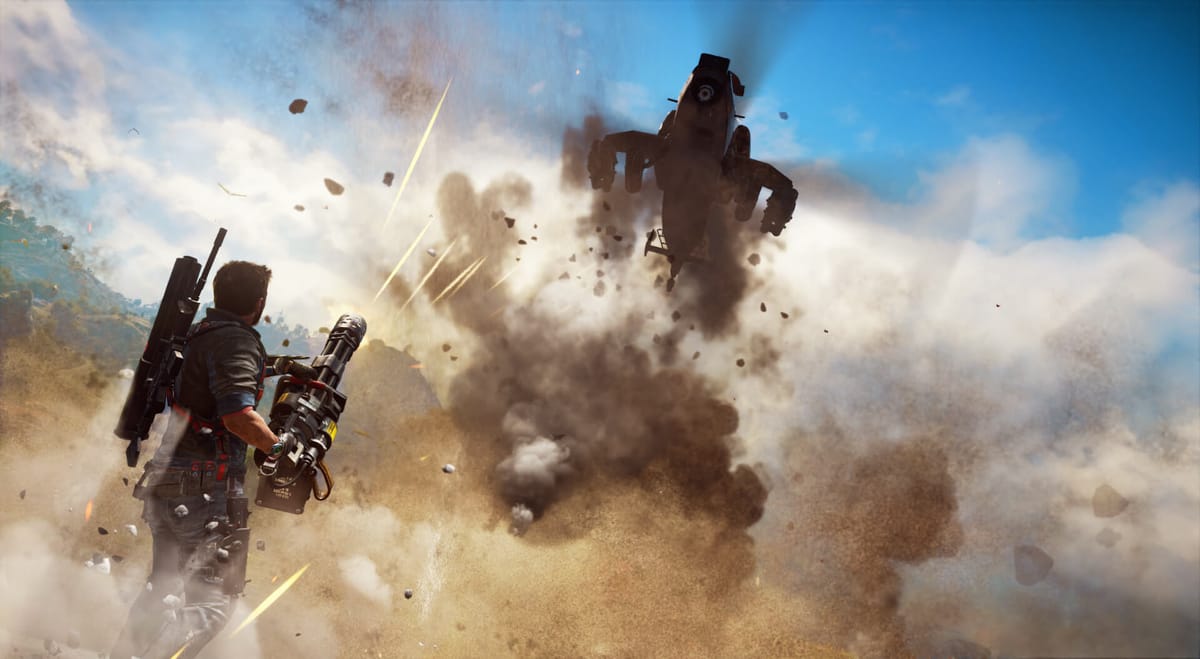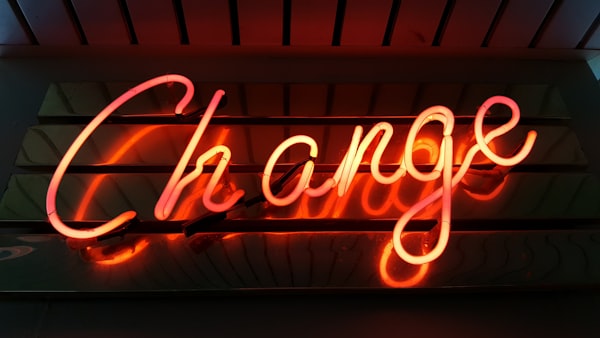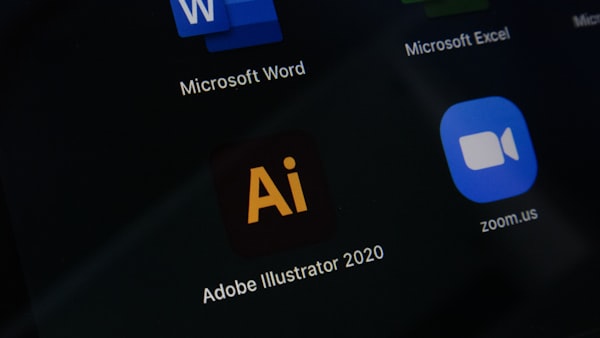Digital Rights Management (DRM) and Games: Has anything changed?

Releasing a game involves a lot of preparation; From finishing QA testing to preparing DLC’s and release on multiple platforms. DRM comes at the end, but is it same today as it was before?
Beginnings
Since the start of game era, there were a lot of different ways of securing your game. Game developers usually relied on integrating some game mechanics that wouldn’t work in pirate copies. Since there wasn’t a reliable way to implement early DRM developers turned to other alternatives like game manuals. Back in the day, there wasn’t the Internet and the games were a lot more challenging. Some developers decided to make a guides for specific parts of games and add it to the manual. Without the manual, you would be stuck and figuring out what to do on your own, would take considerable amount of time. Others opted for using quizzes to answer the questions with answers from the manual when first booting, launching the game or the spinning wheels aka decoders that came with the game and other goodies.

Some platform like NES and SNES featured Checking Integrated Circuit, CIC, which prevented pirated games from running as well the homebrew games since the Nintendo had complete control of the released games. Only games approved by Nintendo were playable on their consoles, but there were also successful attempts of making clone of CIC to bypass its protection, most notably by Tengen.
The use of DRM back in 90’s grew just as the piracy itself became more common. It was present in Atari days, but not that much as compared to the 90’s especially with the advent of Internet. The landscape changed, no more were the decoders and guide effective as the protection since the said info was now available for anyone.
New Era
With the new age the DRM became a lot different as well the use of copy protection in games
For example, some games like Red Alert 2 destroyed all your units and buildings on the start if it was pirated version. Crysis for example replaced the bullets with chickens which did no damage to enemies and made it impossible to kill anyone and progress further. Alan Wake placed an eye patch with pirate flag, doing this in a more comical sense than to temper with the gameplay.
Probably the most interesting way of copy protection code was in Game Dev Tycoon. If player was running pirate version, the player would be able to progress to some point. However, players would start losing money due to in-game piracy making the game harder. Huge number of players went to the official forum or to Steam, to complain and ask for help on how to combat piracy which was kinda ironic.

However sometime this code tampering could backfire and affect legitimate owners too.
Publisher and developers started using DRM to protect the games and ensure people buy them. Despite that, the DRM was the problem not solution in some cases.
For example the famous SecuRom prevented the game to be installed more than certain number of times. Also the newer version of Windows won’t even able to run the game featuring SecuRom. Tages, makes the HWID of the machine where the game is running. If there are hardware changes, it will trigger the DRM.
Currently the most famous one at the moment of writing of this post is Denuvo. While it does it job somewhat well, allowing the games sales to be higher in first few months, it isn’t uncrackable. Furthermore, there were various claims that the Denuvo reduces the performance of the machines and degrades the SSD drives. What is interesting is the fact that Denuvo came to be due to Sony DADC DigitalWorks buyout by management.

Few years ago, DRM made by Sony caused a lot of problems for PC owners, being on the equivalent of rootkit, resulting in a numerous lawsuits.
At some point you might wonder, what is the point? Logically, the publishers and developers want maximum return of invested time and money. Piracy is detrimental to game sales in their eyes making it impossible to get return of the investment.
On the other side there is the contrary argument that the good game doesn’t need a DRM. There is also a traditional Word of Mouth marketing technique behind that logic.
The focus shouldn’t be on the DRM but the game quality itself. The game or DRM system itself will be cracked eventually. After that there is only game and the player. If the game is good gameplay wise, and optimized from the technical size, it will garner support and following.
It is interesting that there are no more demos that offer the opportunity for players to try before they buy. If they continued, it would be a way to reduce piracy and at the same time seeing how the game works. Essentially, the pirate copies replaced demos where people that are satisfied with the game will usually buy legitimate copy.
Should the DRM be present as a sort of protection? If it is a must yes, but not in a way that obstructs and goes against the customers. Steamworks is an example of the DRM that is good enough. No amount of protection will help if there is no quality. People deserve to be payed based on the results. In case that you want to have DRM free games you can always opt to get games from GOG.com.
Overall the best solution is to have the DRM that doesn’t impact the game performance, complicates things for everyone. After a few months have passed, add the patch and remove the DRM from the game. Focus on the story and game performance instead of wasting time on DRM.
In conclusion, it will be important to have the way to be DRM free in the future or we risk losing the access to our games and other forms of entertainment due to DRM which will make preservation impossible.
Article printed at May 2, 2024. Please see https://grindam.com/digital-rights-management-and-games-has-anything-changed/ for the latest version.




